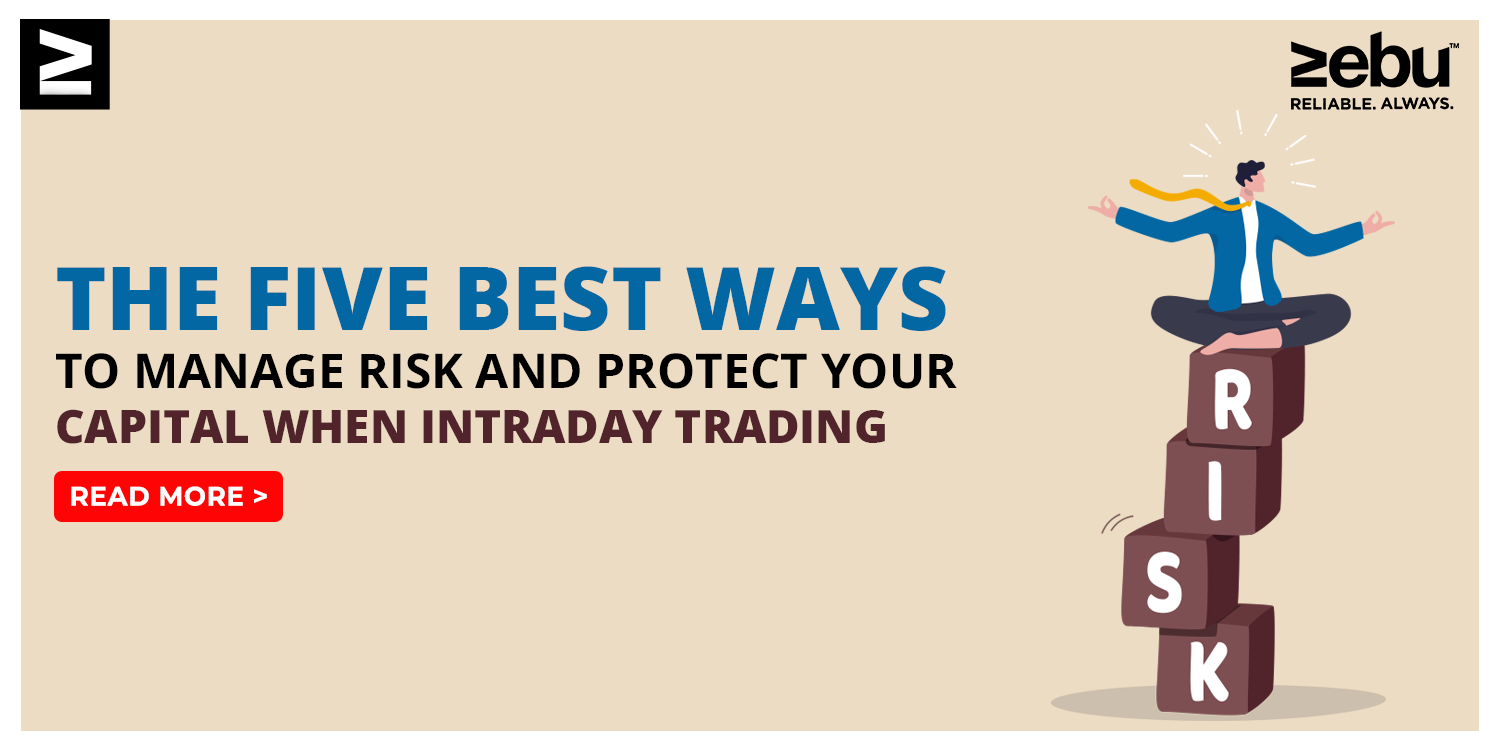
Intraday trading, also known as day trading, is a popular trading strategy that involves buying and selling securities within the same day. While this type of trading can be a lucrative way to make money, it also comes with a certain amount of risk. In this article, we will take a look at the five best ways to manage risk and protect your capital when intraday trading.
Use stop-loss orders: A stop-loss order is an order to sell a security if it falls to a certain price. This can be a useful tool for intraday traders because it allows them to limit their potential losses on a trade. For example, if you buy a stock for Rs 50 and place a stop-loss order at Rs 48, the stock will be sold automatically if it falls to Rs 48, preventing you from losing any more money on the trade.
Trade with a plan: Before you enter any trade, it’s important to have a plan in place. This means knowing exactly why you are buying or selling a particular security and what your exit strategy will be. This can help you stay focused and disciplined during the trade, which can in turn help you manage your risk.
Use risk-management techniques: There are several techniques that you can use to manage your risk when intraday trading. One of the most popular is called the “1% rule,” which states that you should never risk more than 1% of your capital on any single trade. This can help you avoid taking on too much risk and protect your capital.
Diversify your portfolio: Diversification is a key principle of risk management. By investing in a variety of different securities, you can reduce the overall risk of your portfolio. This means that if one of your trades goes bad, it won’t have a major impact on your overall performance.
Keep a trading journal: A trading journal is a record of your trades, including the reasons why you made them and how they turned out. This can be a valuable tool for intraday traders because it allows them to track their performance and identify areas where they can improve. By regularly reviewing your trading journal, you can gain a better understanding of your own strengths and weaknesses as a trader and make more informed decisions in the future.
In conclusion, intraday trading can be a profitable way to make money, but it also comes with a certain amount of risk. By using stop-loss orders, trading with a plan, using risk-management techniques, diversifying your portfolio, and keeping a trading journal, you can manage your risk and protect your capital when intraday trading.








